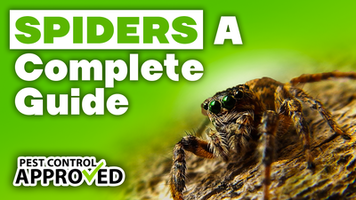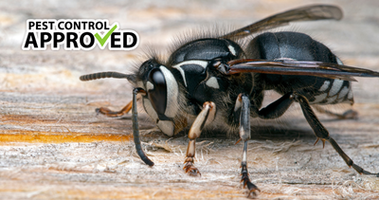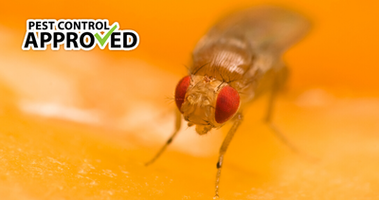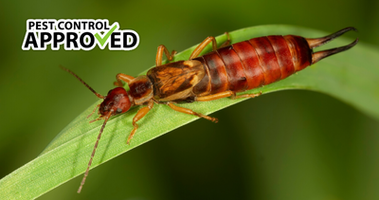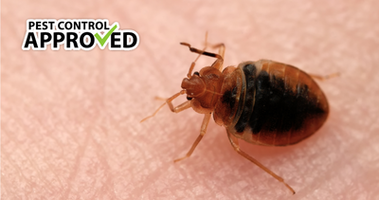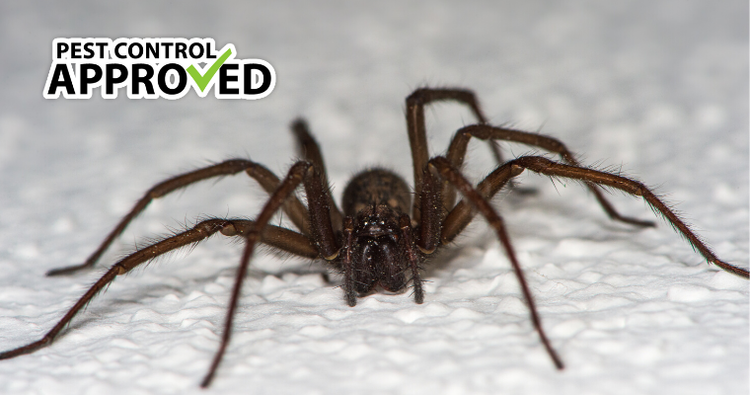
House Spiders
The house spider is named for its common appearance in urban areas, specifically in people's homes. There are many different types of house spiders. The most abundant is the common house spiders native to Northern America.
The common house spider is not aggressive. If they closely come across others of their kind, they may attack each other. Though they can peacefully live with humans unless they are deliberately provoked (like being roughly grabbed). Then they will attack in self-defense. But at times, even when threatened, they may choose to play dead.
The venom of a common house spider is not poisonous to humans. If bitten, you may have a few days of itchy redness and swelling. Otherwise, they are not lethal. Still, avoid their bites if you can. If other symptoms arise, seek medical attention.
The common house spider spins a rather messy, tangled web, and it would not be unusual to see several spider webs close by to each other. Their appearances are quite like the classic billowy cobwebs of Halloween.
NAME: Common House Spiders or American House Spiders (Parasteatoda tepidariorum)
LOCATION: America, Canada, and Spain
HABITAT: Peridomestic
DIET: Carnivorous and Insectivorous
SIZE: Usually 4mm to 6mm
PREDATORS: Other spiders like the pirate spiders of the family Mimetidae and two jumping spider species, and the assassin bug of the subfamily Emesinae
LIFE EXPECTANCY: 1-2 years
Size
The common house spider reaches less than a quarter of an inch. Their typical size is 6mm long, but with their leg span, they can be an inch larger when spread out. Though like many spider species, the male spiders are much smaller than their female counterparts.
Appearance
The American house spider looks like most typical spiders with their eight long skinny legs and eight small eyes. And they're rather similar in body shape to a relative of theirs, the black widow. This house spider is usually brown in appearance with patterned tints of orange (for males) or yellow (for females) on their legs. Their bulbous abdomens may also sport white and dark speckles and spots on them.
Diet
House spiders are quite useful as involuntary tenants. They feed on the usual insects we consider household pests. They situate their webs on places where they have access to passing insects. Then their prey would be easily subdued with venom after getting entangled in the web. They may also shoot thread of webs on more agile prey from a distance and try to rein them in.
House Spiders consume small insects like mosquitoes, ants, wasps, and flies. Depending on the size, they can even feed on cockroaches, grasshoppers, butterflies, and other spiders.
Habitat
Although the American house spider can now be found across the world (though mostly in temperate and tropical regions); it can still be encountered most commonly in America as its nickname suggests.
They like to live in the interior of buildings. But they can also be found on the exterior of buildings. They build their webs in hidden areas in homes, greenhouses, barns, sheds, and stables. They prefer secluded places like rarely opened closets, the upper corners in rooms, and under the furniture. House spiders tend to go for dark, musty locations as well. Like attics, basements, and crawlspaces.
Reproduction
When the time for mating comes, the smaller male spiders approach their female counterparts. Then a ritual dance occurs to prevent any attacks from each other. During the mating season, the male and females can co-exist on the same web for a while.
The female common house spider is capable of laying multiple egg sacs in their lifetime. Its brown egg sacs are very small and pear-shaped and can produce up to 400 spider eggs. After its hatching, spider-lings remain with their mother for a certain period of time before they disperse to eventually find their own homes.
Predators
The pirate spiders of the Mimetus genus of the family Mimetidae, and the Phidippus variegatus and Metacyrba undata jumping spiders are the three usual spider species that hunt the common house spiders. The assassin bug (Stenolemus lanipes), a species of the thread-legged bug (Emesinae), mostly preys on the young of the common house spiders. Though the Assassin bug and the jumping spiders themselves can become food to an adult house spider.
Life Span
A common house spider can normally live for more than a year after reaching adulthood. That is if they haven't been killed by a frightened squeamish human by then. Being placed outside the house though may also drastically shorten their lifespan.
For more information on spiders, check out our Complete Spider Guide


